First off, a huge thanks to everyone who has subscribed to the newsletter! Thanks for being interested. I’m figuring this out on the fly so if there is anything you would like to see more of/less of, please let me know.
I had a hard time deciding where to start this survey on neighborhoods of the city, but it eventually occurred to me that the most logical place to start would be right at the center. It wasn’t too hard to track down.
Triangulated between the giant crucifix of Calvary Cross Cemetery, a Staples, and a KFC, sits an inlaid monument to the geographic center of NYC.
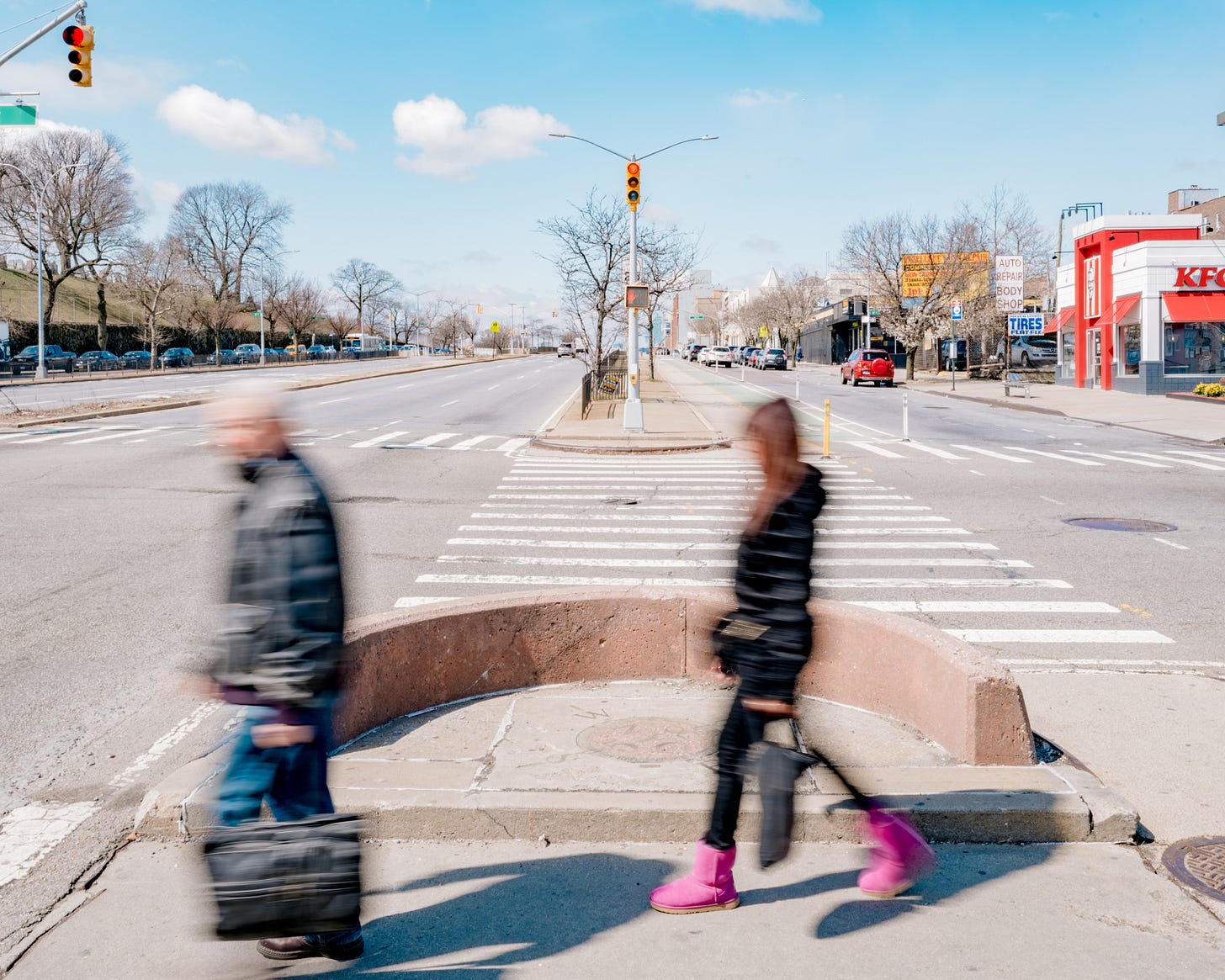
The only problem is that this is not, in fact, the center of NYC, and nobody knows who installed this monument or where the actual geographic center is. According to The Department of City Planning, the geographical center is miles away in Bushwick, on Stockholm Street between Wyckoff Avenue and St. Nicholas Avenue. According to this guy, the center is somewhere in the water off Sunset Park in Brooklyn. It turns out it’s hard to pinpoint the exact center of what is essentially an archipelago.
In any event, I decided to stick with Woodside as my starting point for this undertaking. The Mespeatches tribes who originally inhabited the area called it the land of "bad waters.” It was later further downgraded to either Snake Woods or Suicide’s Paradise as it was “largely snake-infested swamps and wolf-ridden woodlands.” At some point in the 18th century, farmers started to take advantage of the abundant marsh grass for their livestock, eventually draining the swamp™ making the land less hospitable to snakes and wolves, and creating acres of fertile farmland in the process. The area became prime farmland, fostering improvements in transportation which made it a desirable spot for city dwellers to have a country estate for the summer months. Further transportation improvements made the area a perfect place for residential development, with a commute to Times Square clocking in at 8 minutes for a mere 5-cent fare.
Realizing it would be challenging to entice anyone to buy property in Snake Woods, enterprising developers changed the area’s name to the much more marketable Woodside.
Woodside's developers were, however, among the first to divide properties into lots for construction of small homes for working-class families. In doing so they were the first to use a set of new sales techniques to lure buyers. And they were the first to apply a name to a locale which emphasized its real or supposed virtues1

Looks pretty nice to me.
Perhaps Woodside’s most infamous claim to fame is as the backdrop for a love triangle gone wrong in what Paul Collins called “The Murder of the Century” in his book of the same title.
It all started in 1897 when midwife Augusta Nack had an affair with masseuse (or rubber) William Guldensuppe that broke up her marriage. She went on to have a different affair with barber Martin Thorn but got caught in the act by Guldensuppe who, resentful of his new role as the cuckold, administered a severe beating (with presumably very strong hands) to Thorn.
Thorn then really escalated things by convincing his lover to lure the masseuse to a cottage in Woodside on 56 St, where he shot him in the back of the head.
Thorn dragged him into the bathroom, put him in the bathtub, and cut his throat with the razor; Ned Brown’s deduction that the man in the morgue had been dissected alive was correct. After the butchery, Thorn ran hot water into the bathtub, washing a good deal of blood down the drain. Then he encased the head in plaster of Paris, so that it would sink when he threw it in the river, but he failed to do this with the other pieces, an omission he later regretted.2
A couple of days later, the lower torso of Guldenseppe was found bobbing in the Harlem River, while the legs were found in the waters off of the Brooklyn Navy Yard. The head was never recovered.
Collins’ book goes on to detail the frenzied tabloid coverage of the case pitting media moguls and rivals Joseph Pulitzer and William Randolph “The public likes entertainment better than it likes information” Hearst against each other. It wasn’t just the tabloids covering the national story. These outtakes from the New York Times describing the two defendants during the trial are worth reading:
In the end, even though the lack of a head made it impossible to prove the victim’s identity with 100% certainty, Thorn was sent to the electric chair and Nack spent nine years in prison.
I visited the block where the murder and dismemberment took place. The cottage isn’t there anymore, but given its grisly history, this slaughterhouse that took its place seems an appropriate new tenant.
Here’s what some of Woodside looks and sounds like today
I love the community garden thriving under the BQE in this last image,a vestige of Woodside’s agrarian past. I did a project and book on Urban Farming in NYC a little over 10 years ago (!) with support from the Design Trust for Public Space. It was a great opportunity to see many different parts of the 5 boroughs and was, in many ways, the genesis of this idea to photograph the entirety of the city.
When possible, I will try to feature another photographer who has worked in a particular neighborhood. I found this image of 69th Street in Woodside by Jeff Chien-Hsing Liao from his project of panoramas along the 7 train, shot on an 8x10 camera.
Notes
One more plug for The Murder of the Century: The Gilded Age Crime That Scandalized a City & Sparked the Tabloid Wars:
The grisly finds that began on the afternoon of June 26, 1897, plunged detectives headlong into the era’s most perplexing murder mystery. Seized upon by battling media moguls Joseph Pulitzer and William Randolph Hearst, the case became a publicity circus, as their rival newspapers the World and the Journal raced to solve the crime. What emerged was a sensational love triangle and an even more sensational trial.For a shorter but also compelling article about the story, check out “The Case of the Scattered Dutchman” from the New Yorker.
If you’re in Woodside and looking for Thai food, Sripraphai and Ayada are justifiably famous.
I’d also recommend checking out Juice' n Beatz, a 24-hour Juice and uh Beatz place that has great juices and vegetarian/vegan food. Just watch out for Señor.
Thanks for reading!
“Woodside.” Wikipedia, 10 Mar. 2020, en.wikipedia.org/wiki/Woodside.
Liebling, A. J. “The Case of the Scattered Dutchman.” The New Yorker, 17 Sept. 1955, www.newyorker.com/magazine/1955/09/24/the-case-of-the-scattered-dutchman.




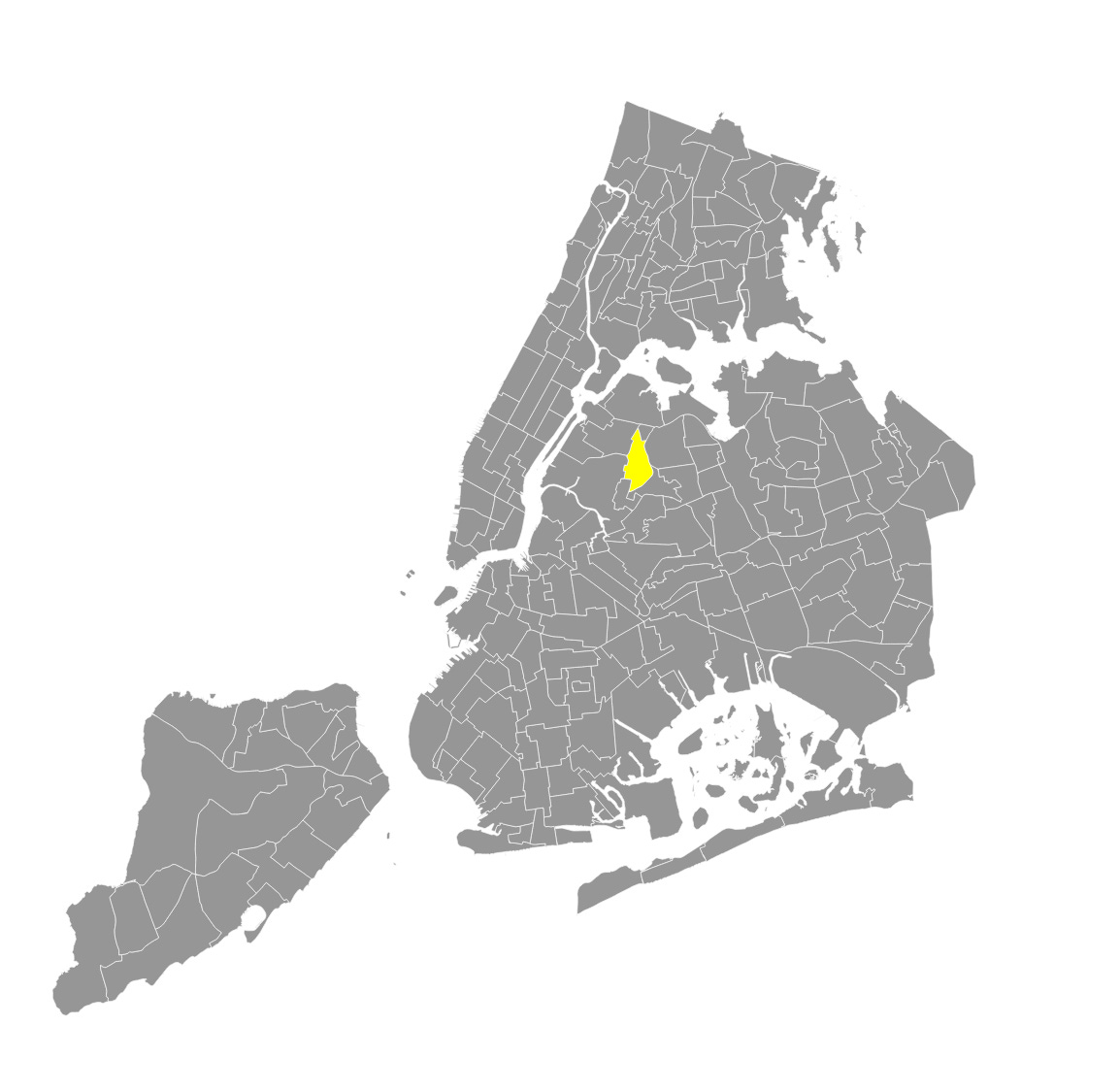
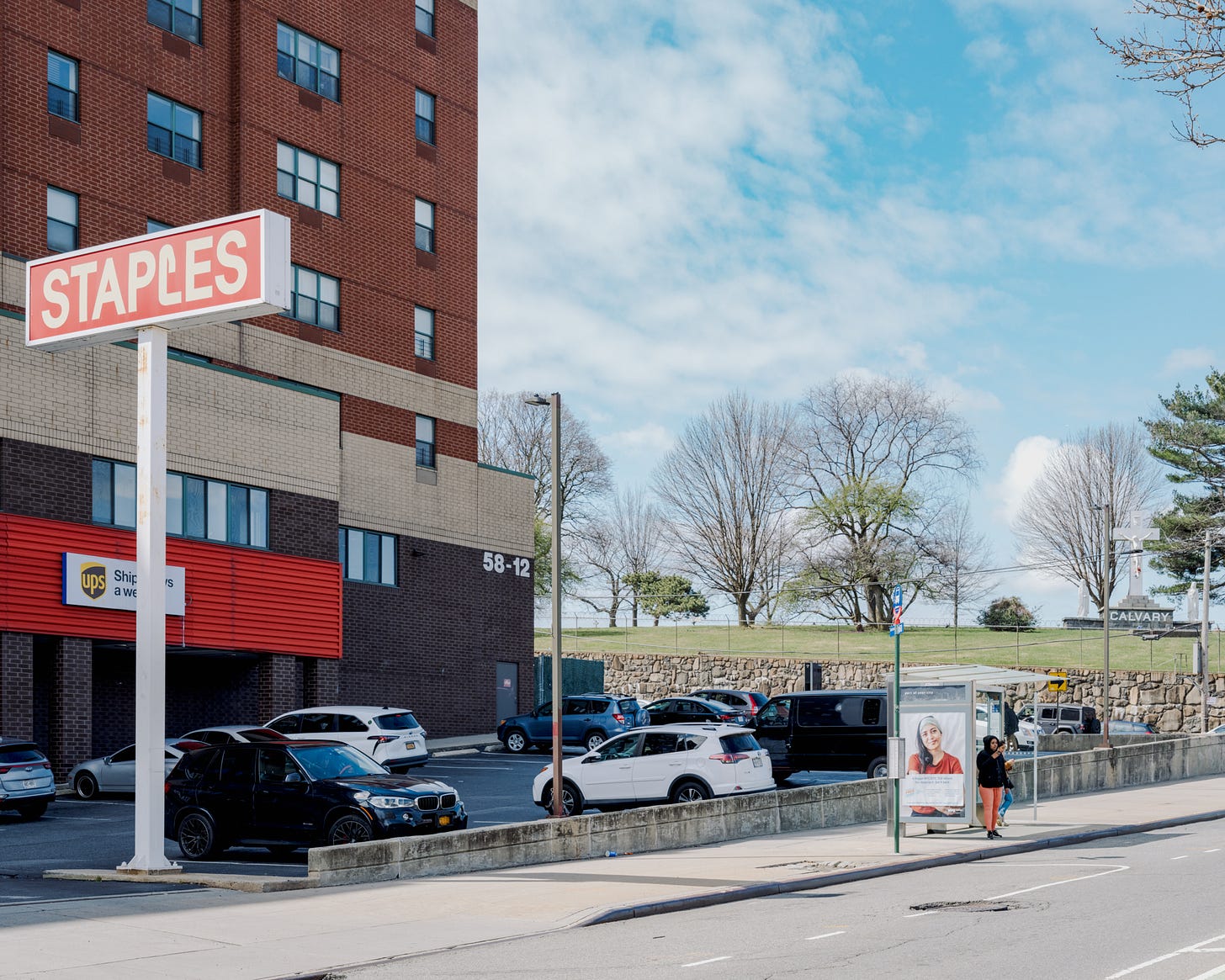

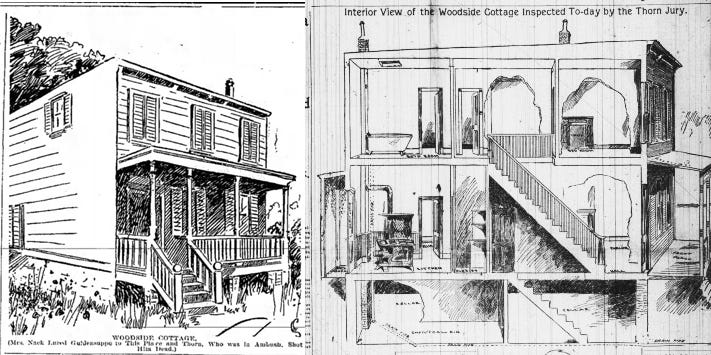


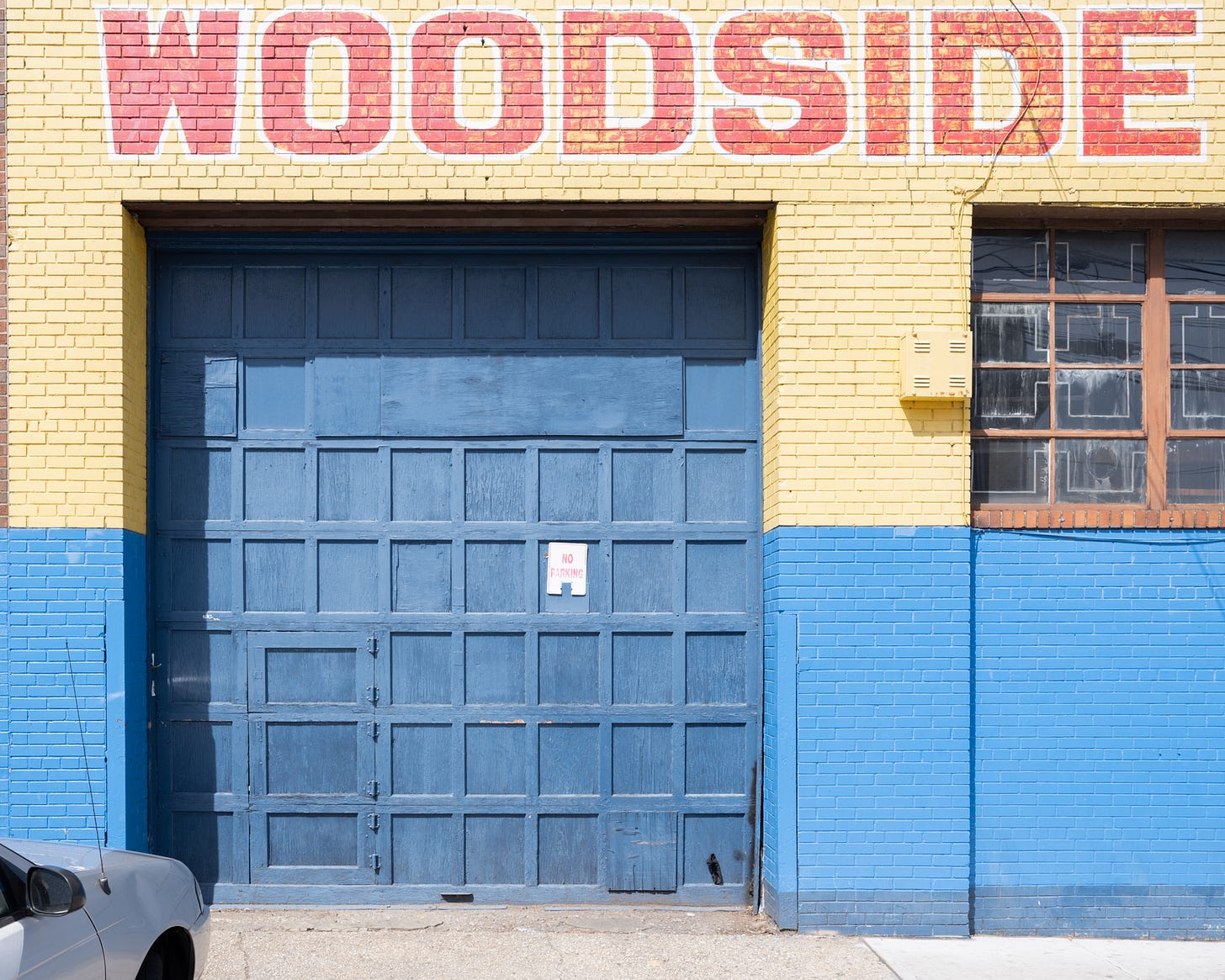

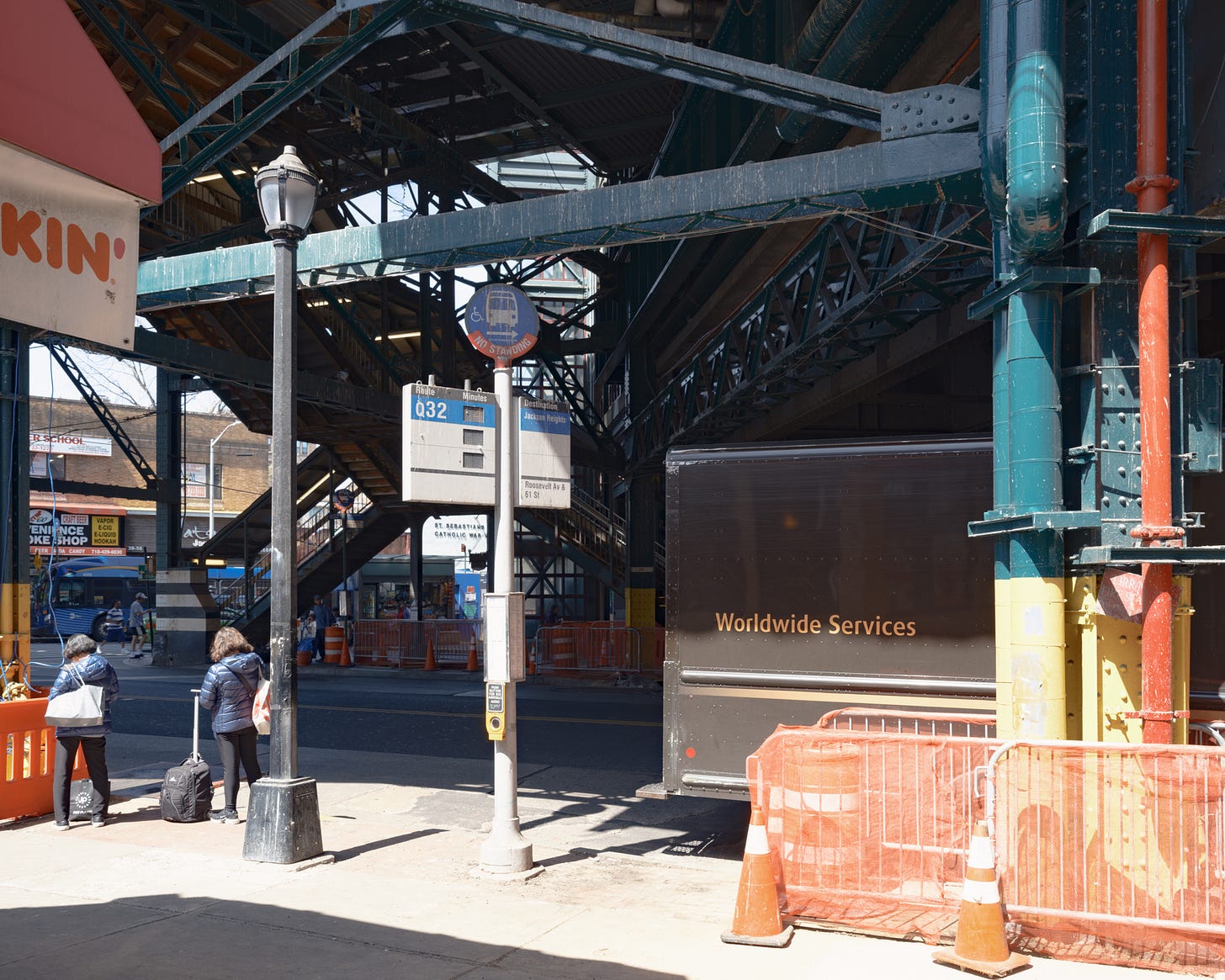

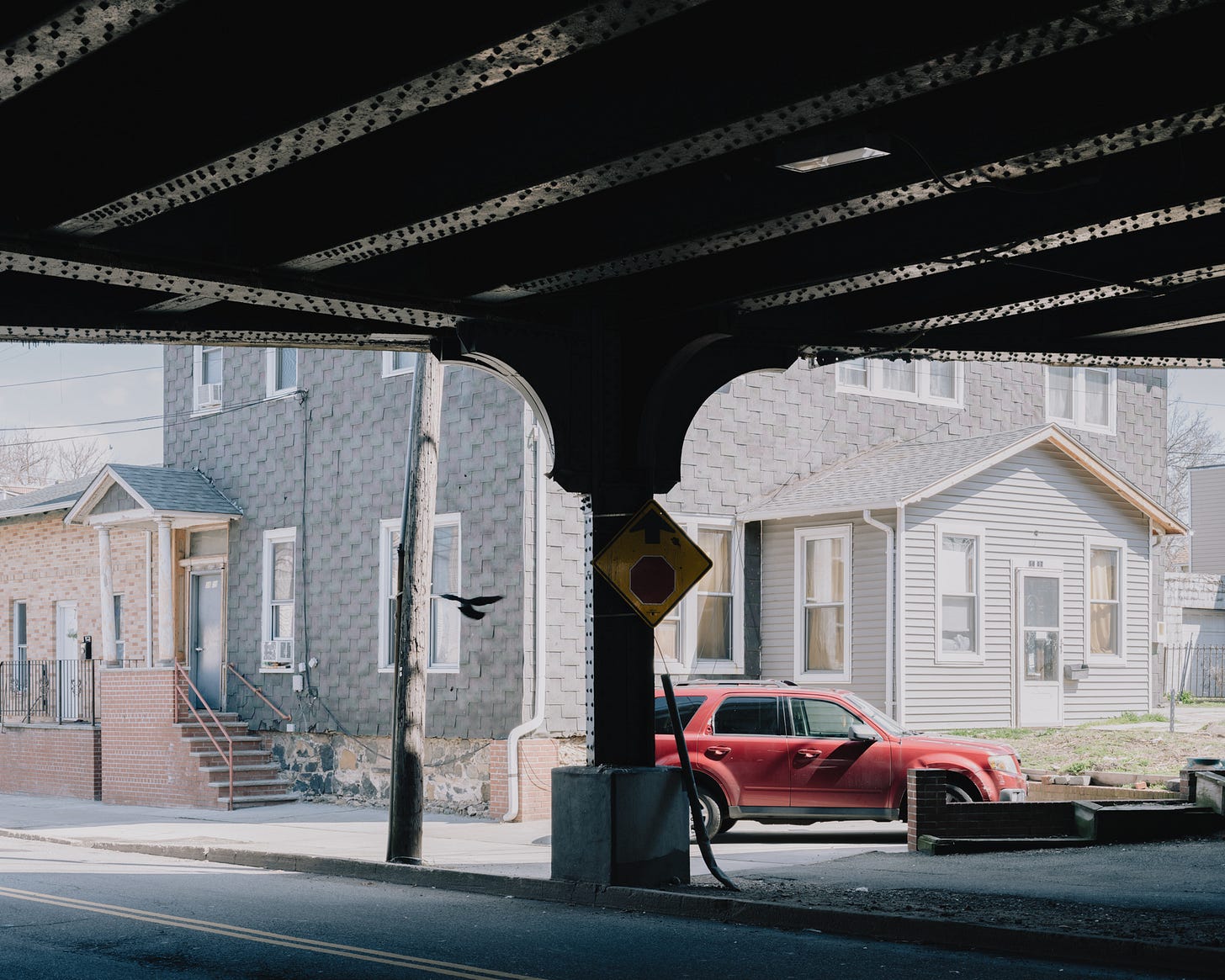
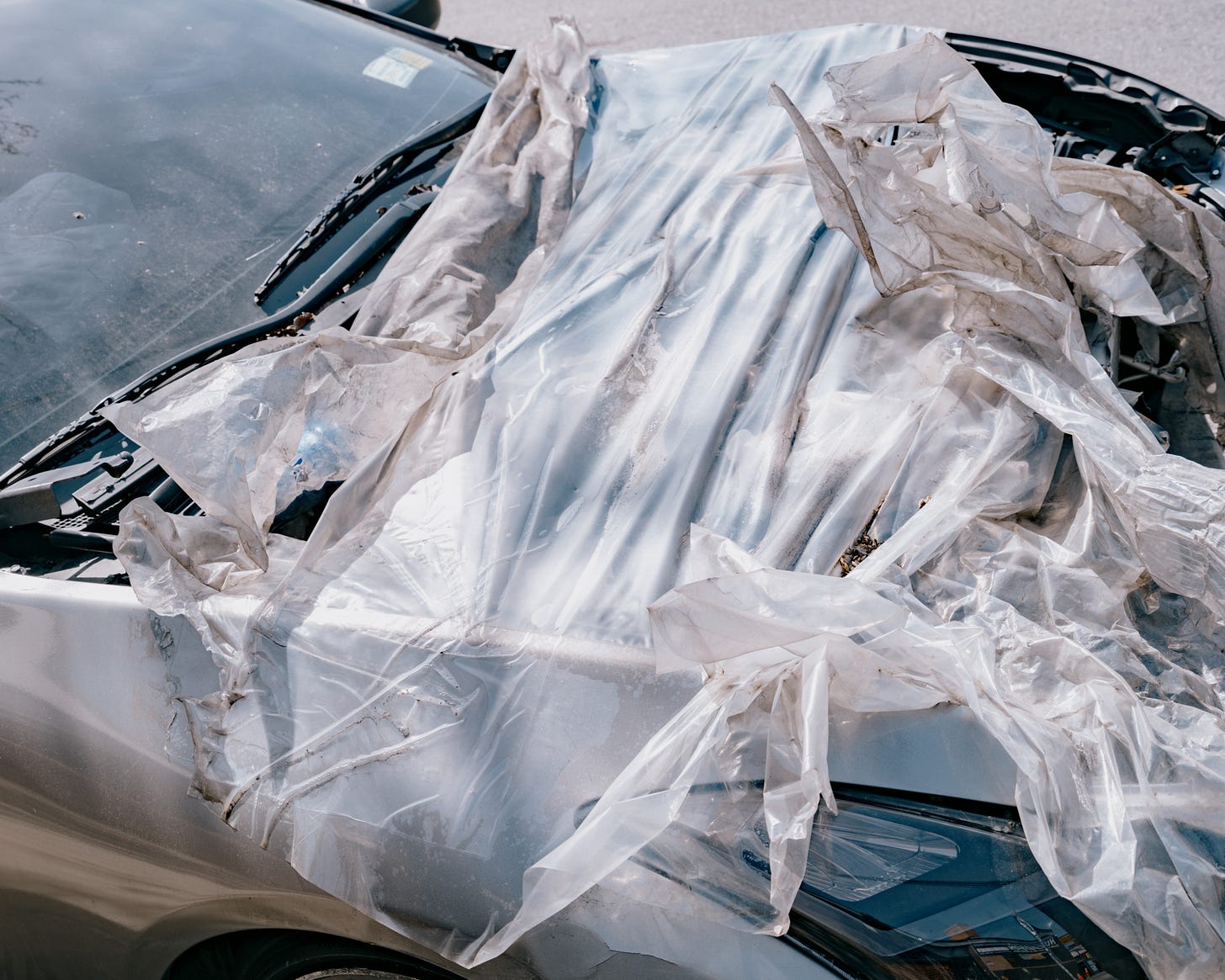
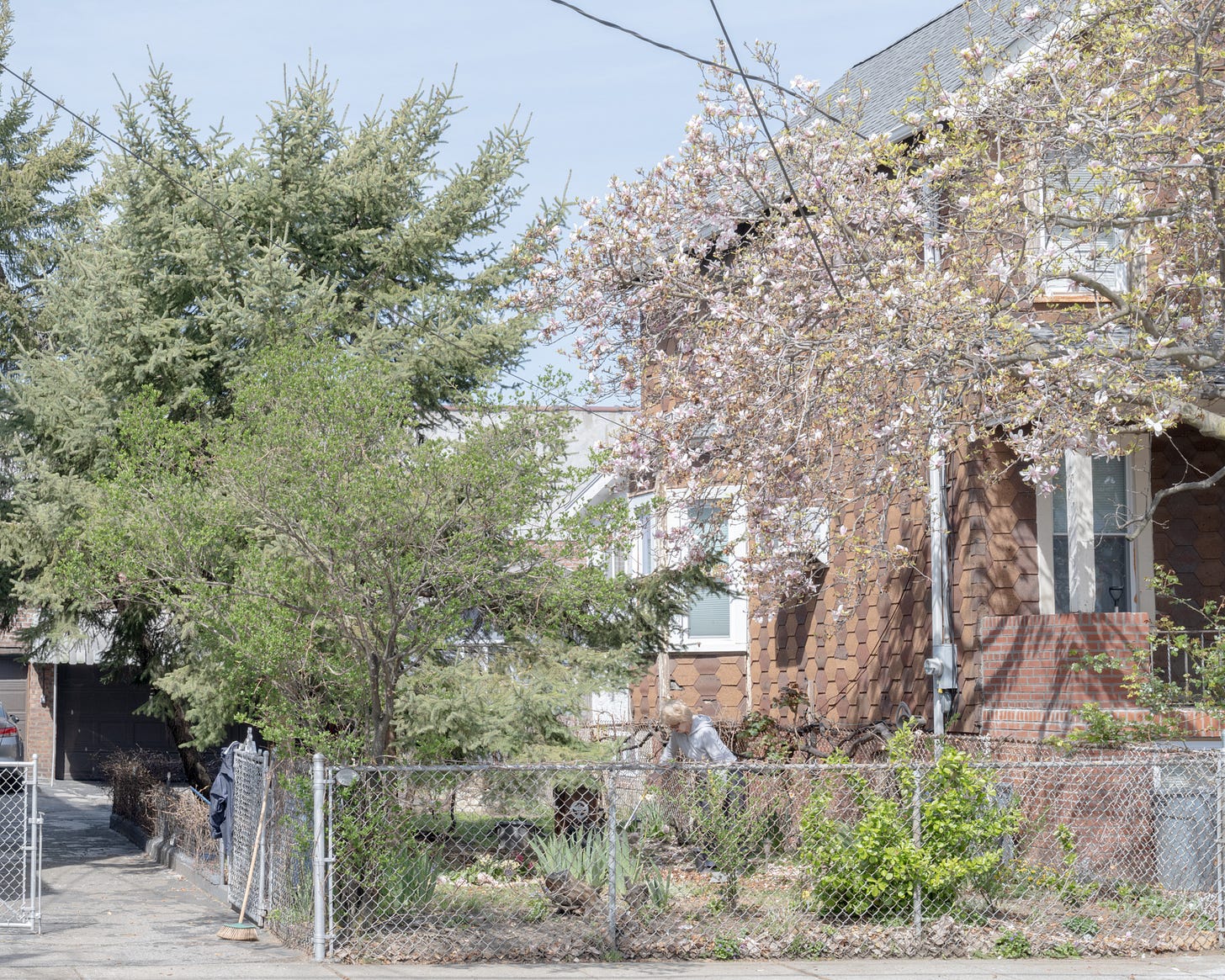

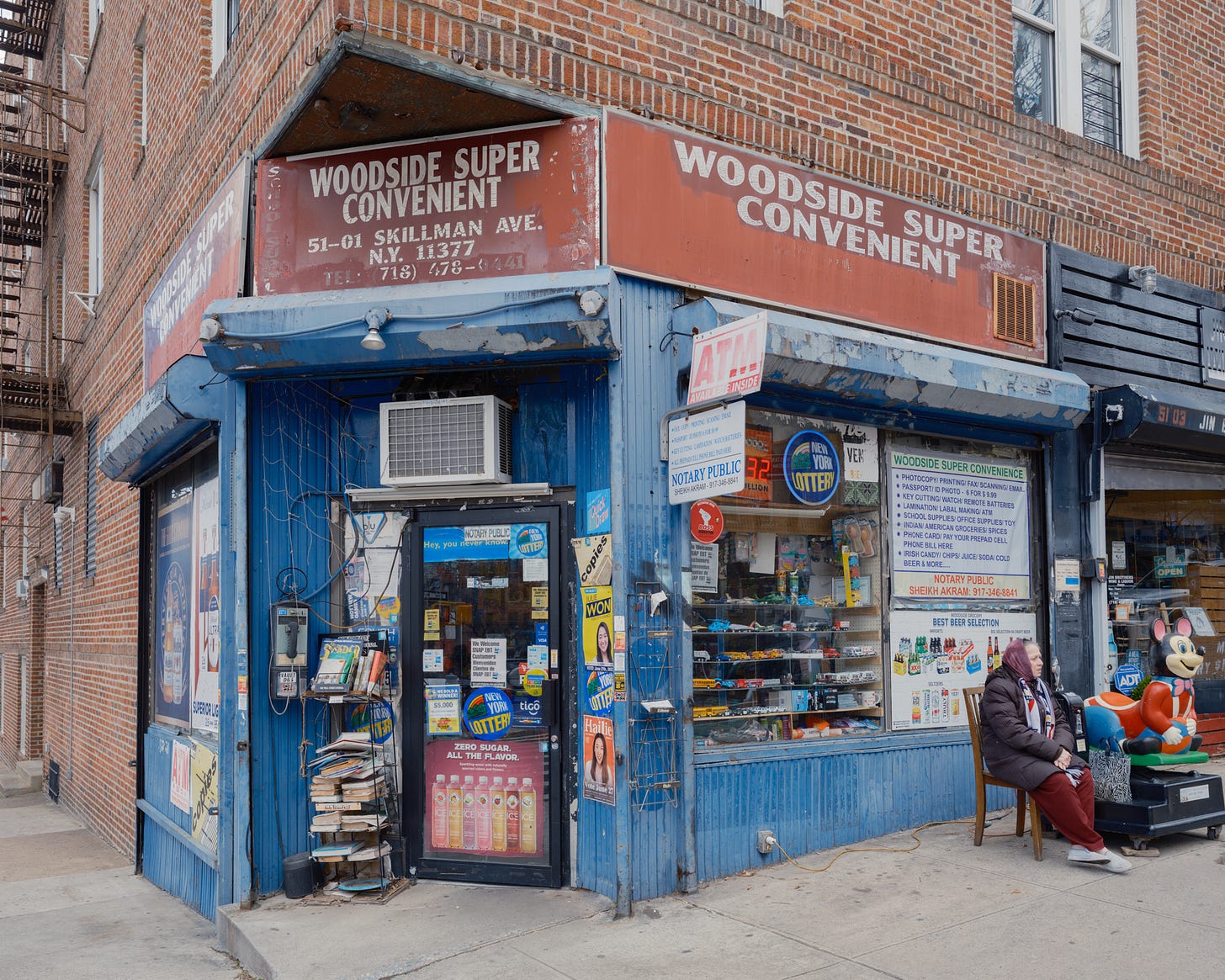
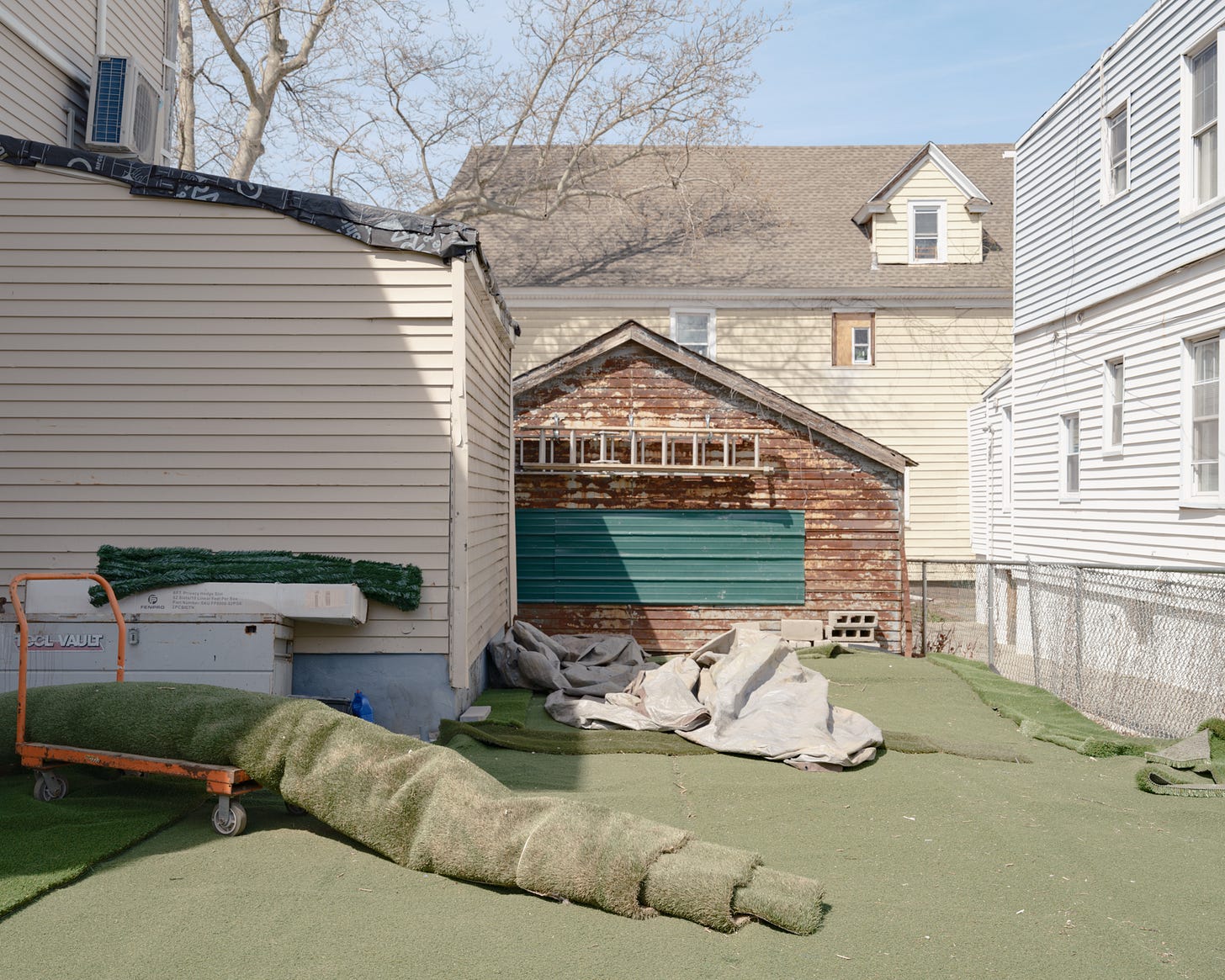
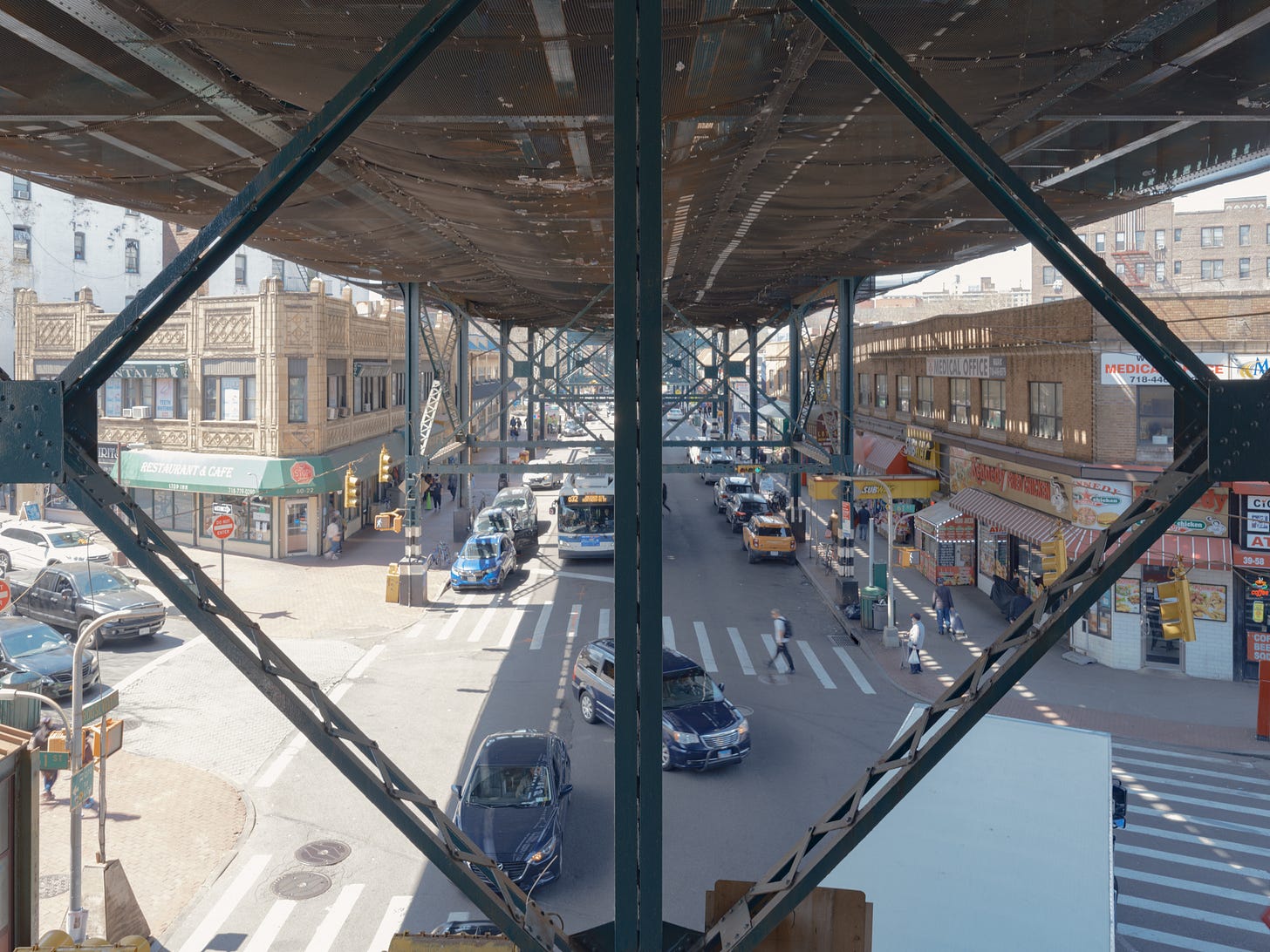
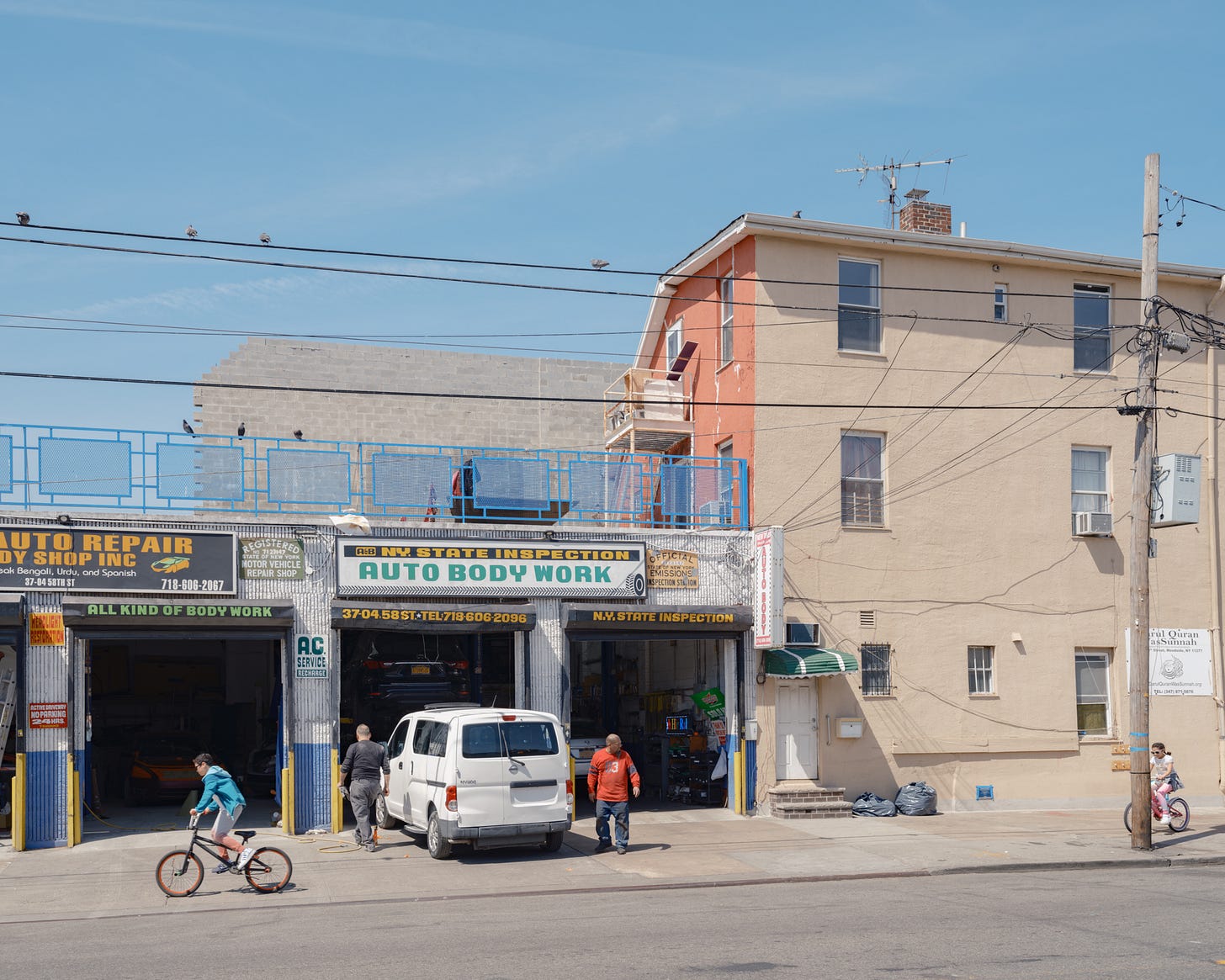

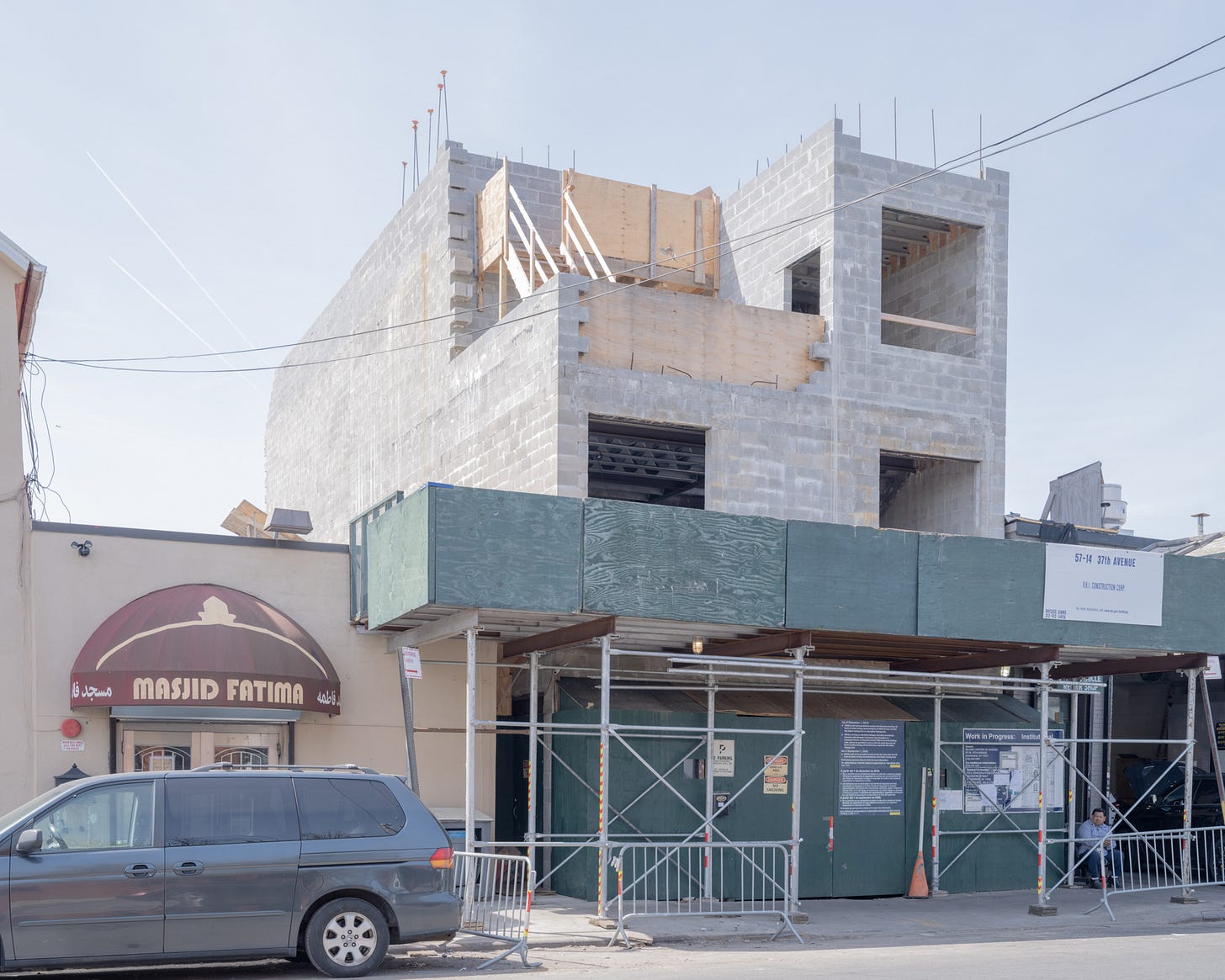
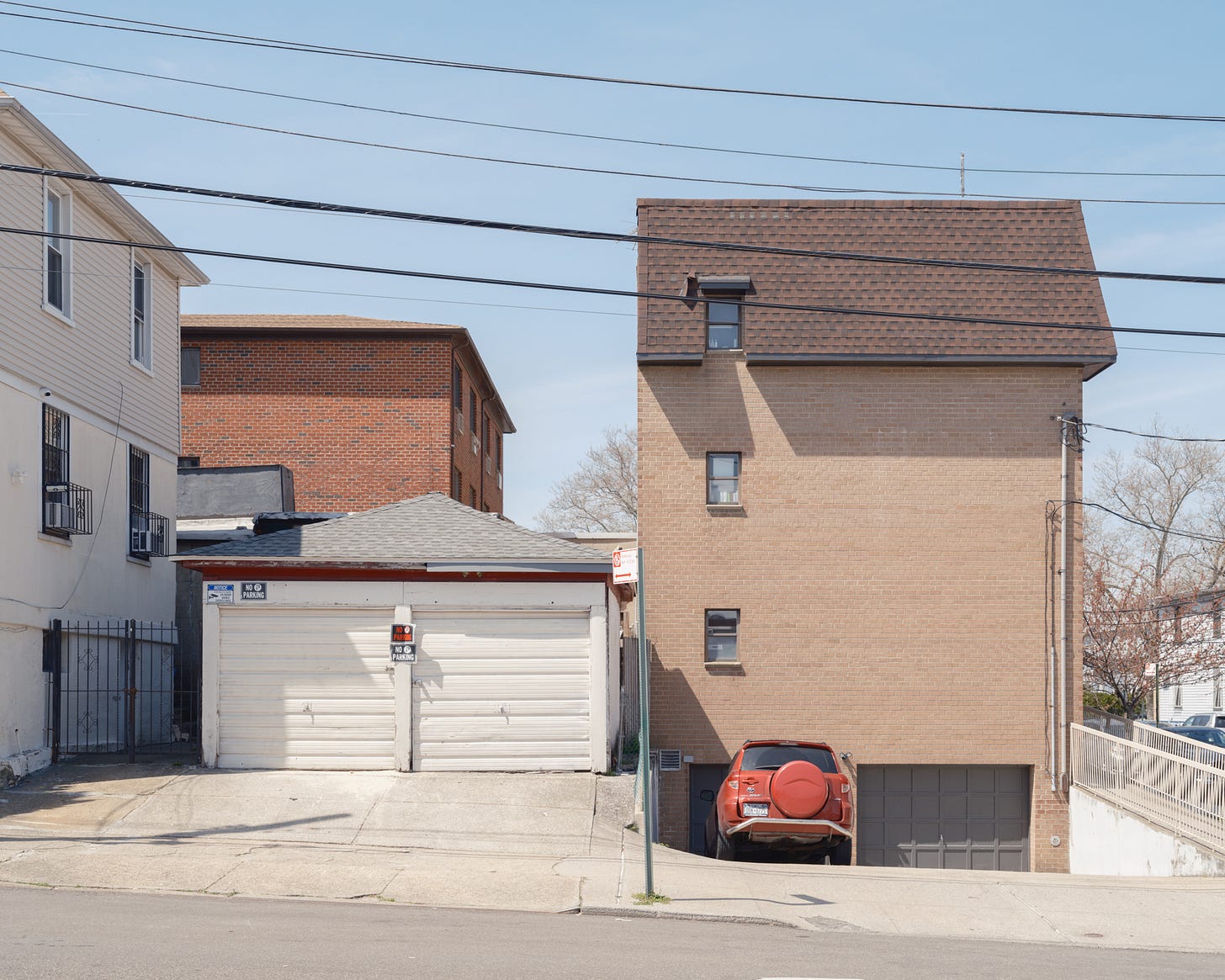



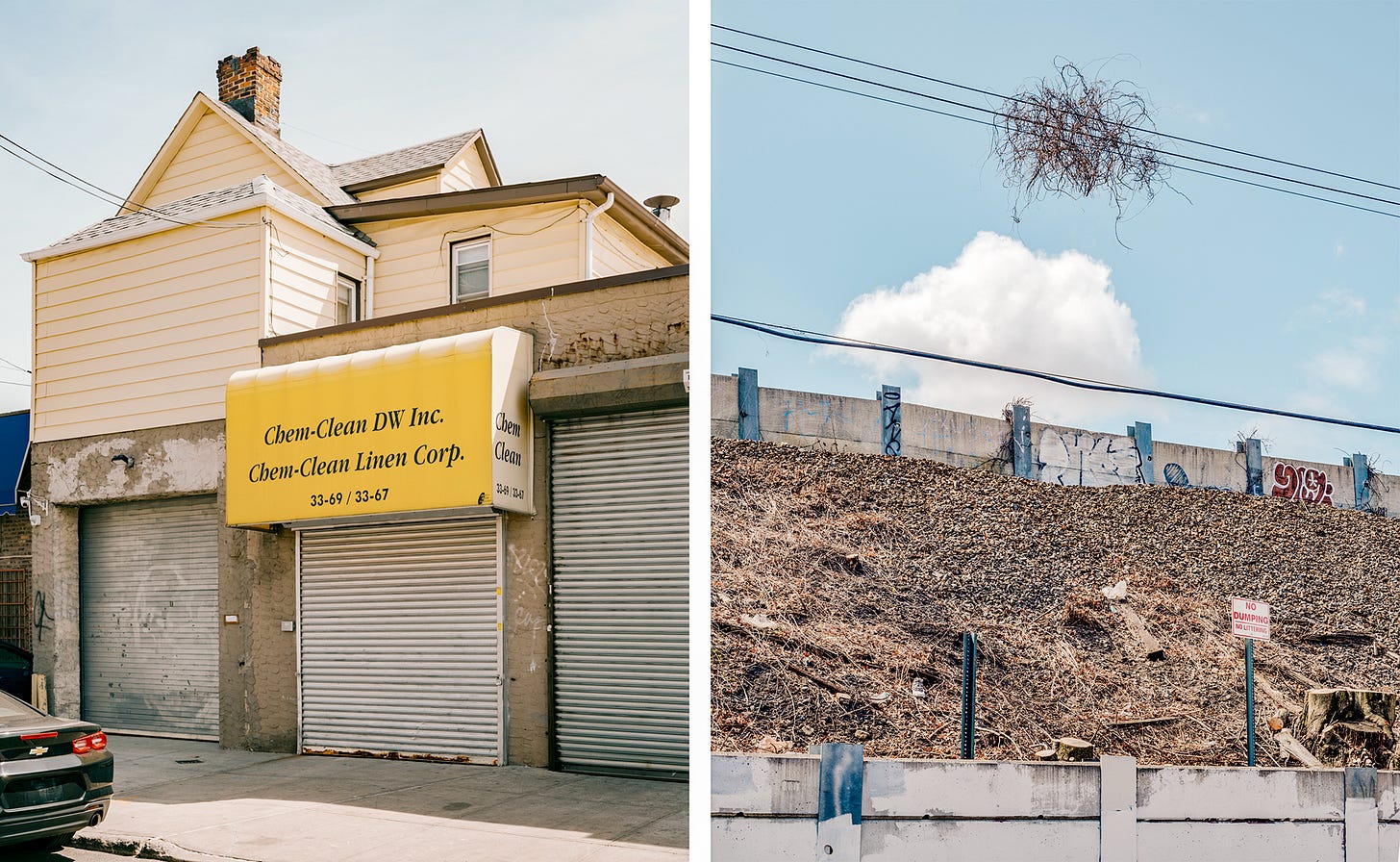
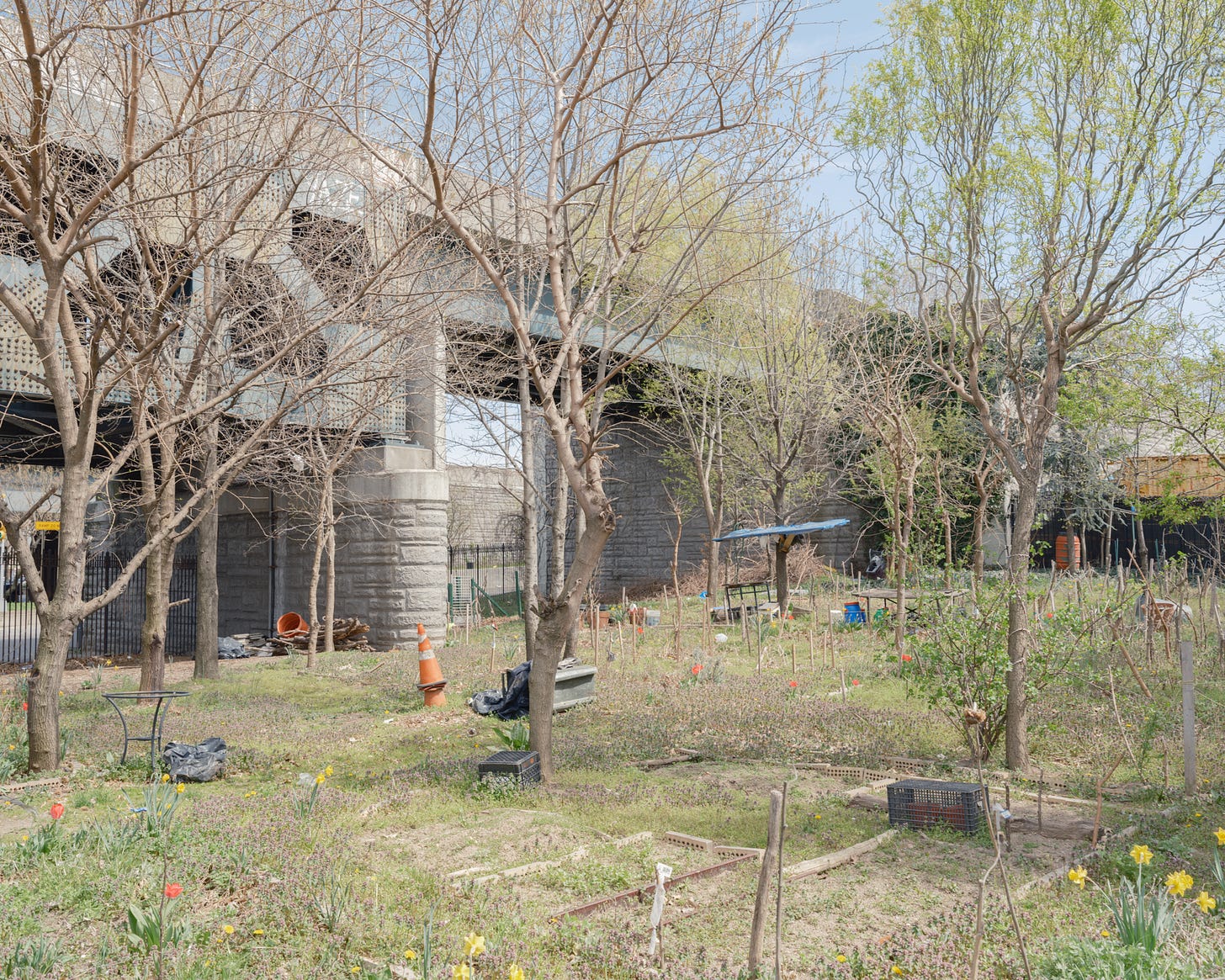


Love the vegan suggestions!
Ah, I love this! I was expecting a few pictures...and they are wonderful! ....but the history is fascinating... and funny and dry and dark. Thank you, Rob!